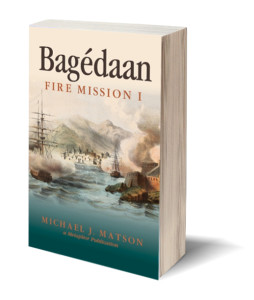The Kingdom of Vin-Nôrë
As you can see, this article is under active revision! The old text is below the form - please read on, and check back often for new information!
Introduction/Background:
Geography:
- Location:
- Geographic coordinates:
- Maritime claims:
- Climate:
- Natural hazards:
People and Society:
- Population:
- A StereotypicalVin-Nôrëan:
- Languages:
- Religions:
- Dominant and secondary:
- Holidays:
Government:
- Type:
- Legislative:
- Judicial:
- Capital:
- Administrative divisions:
- Legal system:
- Citizenship:
- National symbol:
- Flag:
Economy:
- Overview:
- Currency:
Military:
Transnational issues:
- Treaties:
- Disputes:
From the Great Plateau on the eastern side of the continent to the Plains of Isen nestled in among the rocks on the eastern slopes of the Kaŝeruk, lays the great Kingdom of Vin-Nôrë, home of Püran-Khir, the City of Kings, the Diadem of the Northern Peaks, the City of Fountains. Once the jewel of the north, Püran-Khir was a city full of light and water, both being very important to the Vin-Nôrëan interpretation of the Guardian Paladin religion.
Stewardship also being of prime importance to the Vin-Nôrëans, and the climate mild, Vin-Nôrë was a park like country crisscrossed with canals and aqueducts that turned the rich, rocky soil of mountain into a fertile, life giving paradise. What land was not under the plow producing food goods or wine was invariable planted with ornamentals. Even the smallest farm village turned into a riot of color in high summer when the flowers were in bloom, the gardens immaculately tended, bulging with fresh vegetables, the lawns clipped to carpet like perfection. Indeed, “park like” was the most common response travelers gave when asked to describe Vin-Nôrë.
That's what it used to be like. Püran-Khir was nearly razed by the Confederation during The Great War, and all but the most northern earldom occupied. Known for its massive water works, the Vin-Nôrëans themselves destroyed most of their aqueduct system before Confederation troops could take control of them. Thus, by the time the Confederation gained control, the land was already dry and parched. The largest, and longest aqueduct ran from Nurenin in the North, some two hundred kilometers south to Püran-Khir. The Confederation didn't even have their ships unloaded in the port before the earl himself ordered a section of the massive stone work to be destroyed on his lands, where he could defend it, thus depriving the City of Fountains of virtually all of its water.
In 560 CE the Vin-Nôrëans regained control their kingdom. Unfortunately, twenty years on the park like kingdom is still struggling to regain its former glory. Püran-Khir is mostly restored, though their are still areas in the poorer areas, where the laborers live, are still dangerous even today. Survivors have mostly restored their family estates, be they simple houses or great manors, but there are still a great many towns and villages that sit abandoned. It will take another generation of children to reach adulthood before they will be recovered.

